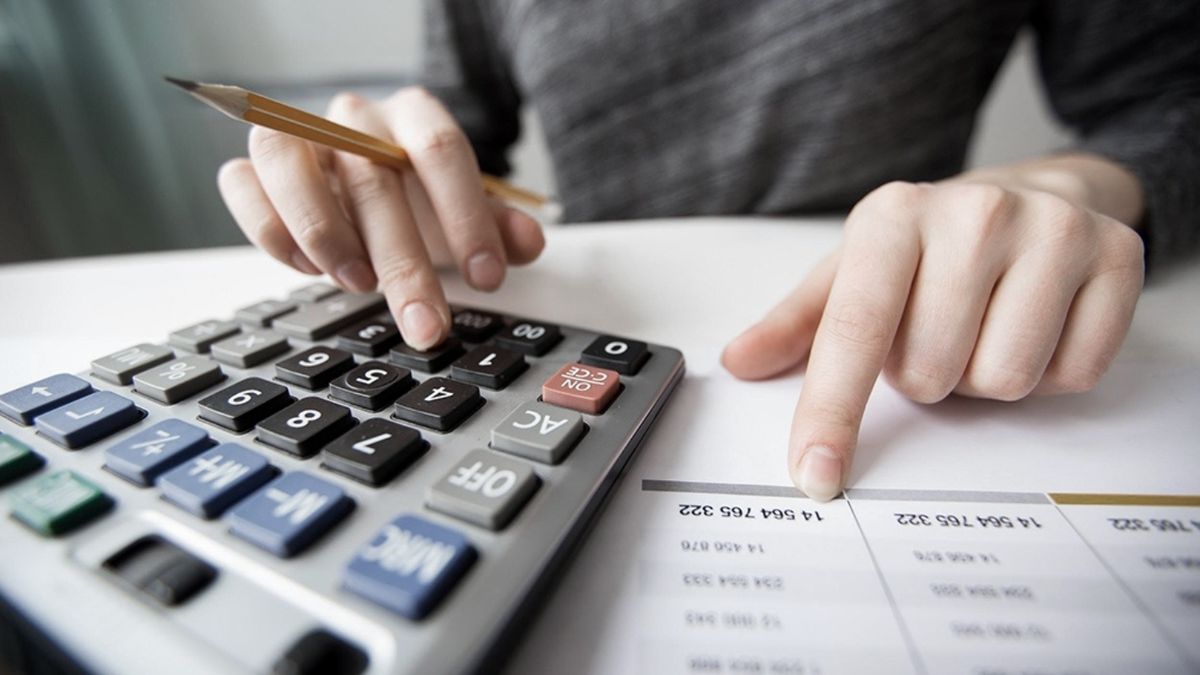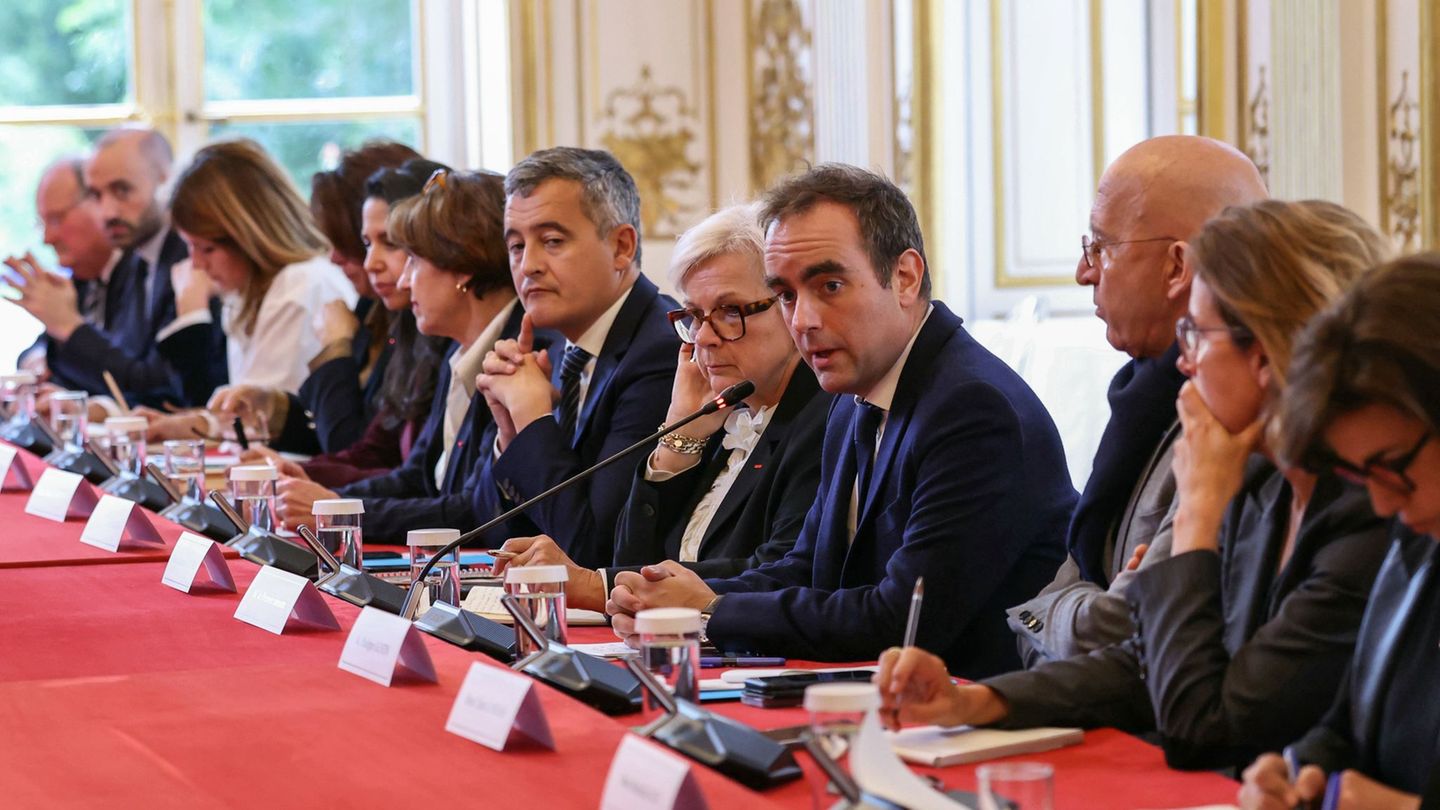The project of reversal of income tax was confirmed by the Ministry of Economy. According to official sources, proposes a $1.35 million apartment of gross salary, which would barely exceed one million in net terms. The data that contrasts with the figure is given by INDEC: For a family not to be considered poor, it needed almost $500,000 in December, a number that will continue to rise sharply. Specialists warn that income equivalent to around two basic baskets (the poverty threshold) would be enough to start paying the tax.
“With the basic basket for a family of 4 at $500,000 and the new earnings floor of $1,300,000 (gross), either you are poor or you pay income taxes. In the end, the caste was once again the middle class,” tweets the economic analyst from the Center for Political Economy (CEPA), Martin Epstein. Although one indicator measures family income and the other marks an individual floor, what the specialist registers is the lack of correlation in income, a product of skyrocketing inflation and salaries that do not accompany it.
According to the estimates of the economic team of the former Unión por la Patria candidate, Sergio Massa, Some 800,000 workers and retirees would pay this tax again. After the last modification approved by Congress, the universe had been limited to 88,000 taxpayers, less than 1% of the total number of employees and retirees nationwide.
For Epstein, this is another measure that is not linked to “the end of caste,” but rather to adjustment to the middle class. “The anchor of Milei’s economic program is a recessive adjustment via contraction of consumption. We saw it in the devaluation and the liberalization of prices in general,” she explains. Furthermore, the economist adds: “If we add salaries behind inflation and the new mobility formula to the new Profit floor, we see a process of destruction of purchasing power and a dollarization project that will revive at some point, but first “They will seek to lower inflation at the expense of not eating or consuming.”
Meanwhile, INDEC noted that in December $495,798 was needed for a family made up of two adults and two school-age children not to cross the poverty line. It meant a monthly increase of 27%, in line with inflation, and 225% year-on-year, above the price increase in the same period, 211%.
The Government seeks to increase collection
He aim to reimplement this tax, now called personal income taxis increase collection, within the framework of a tax cut plan equivalent to 5.2% of GDP. For Massa’s economic advisors, it could mean the return of 0.45% of GDP, around $3 trillion. At the same time, they establish an average withholding of $315,000 per month per worker, although a tax expert assures that it is not convenient to determine the income reduction under this modality due to the number of deductions that the tax contemplates.
Federico Machado, an economist member of the Observatory of Policies for the National Economy (OPEN), highlights that the proposed minimum -$1,350,000- is “even lower” than the last non-taxable minimum of August -$700,875- updated by REM inflation -25% for January -, that is, $1,511,763. Thus, he compares the new apartment in relation to the rest of the prices: “The proposed amount is equivalent to 2.6 total basic baskets for a standard home.” Although by the time this new floor eventually comes into force, the basic family basket could already be closer to $600,000.
The tax lawyer points out the same line Diego Fraga. Although it is considered healthy to maintain this tax, its problem lies in the lack of updating of scales, which in this case proposes increasing them quarterly by CPI. “The applicable rates should be very low in the first sections, since if the application of the maximum tax rate (35%) is reached quickly, it loses all progressivity,” he warns. “The macro is very important, but the micro is what determines if you eat and dress. “Fiscal deficit 0” is of no use if it implies poor workers,” summarizes his colleague, Julián Ruiz, in her X account.
Source: Ambito




